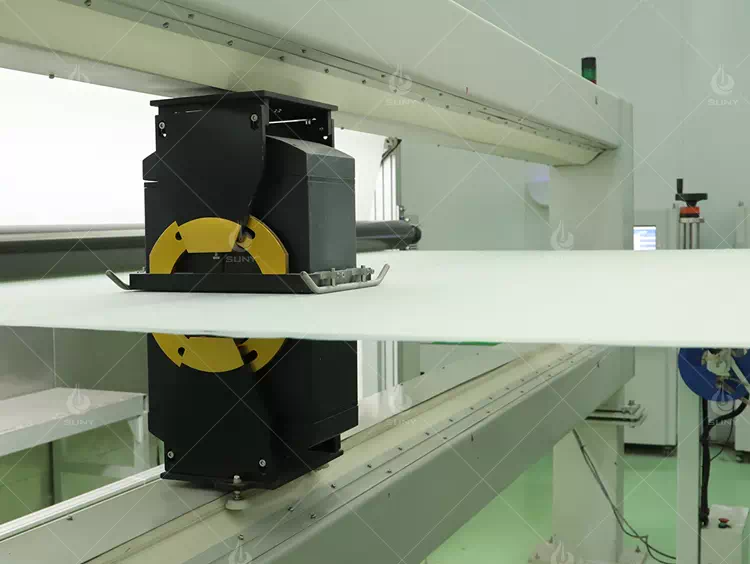The Essential Guide to Raw Materials Wet Wipes
Wet wipes, as a common cleaning product in daily life, have gradually become a necessity in many people’s lives. Whether at home, in the office, or when travelling, wipes are widely used for their convenience and versatility. However, in order to produce high quality wipes, in addition to a good production process, the choice of raw materials is also crucial. In this article, we will take you through some of the main raw materials required for the production of wipes and their importance.

The Essential Guide to Raw Materials Wet Wipes
The main raw materials for wipes include non-woven fabrics, liquid wipes, packaging materials, and so on. Among them, non-woven fabric is the basic material of wipes, which determines the strength, softness and comfort when using wipes. Nonwoven fabrics are usually made of synthetic fibres such as polypropylene and polyester, which have strong tear resistance and water absorption, which makes the wipes less prone to breakage during use and able to absorb liquids quickly. The quality of the nonwoven fabric directly affects the feel and effectiveness of the wipes, so the uniformity, density and hydrophilicity of the fibres should be considered when choosing a nonwoven fabric.
Liquid wipes, on the other hand, are the core ingredient of wipes, which not only cleans and moisturises, but also provides a certain degree of antiseptic effect. The main components of liquid wipes include water, detergents, moisturisers, fragrances and bactericidal ingredients. Water is the base solvent of liquid wipes, while detergents help remove dirt and grease. Moisturisers such as glycerine, aloe vera and other ingredients provide moisturisation to the skin while cleansing to avoid excessive dryness. Fragrances are added to give the wipes a fresh and pleasant aroma during use, adding to the user experience. In addition, as consumers become more concerned about health and the environment, many wipes manufacturers have begun to choose natural ingredients and harmless germicidal ingredients to ensure the safety and environmental friendliness of their products.
Packaging materials are also a non-negligible part of wipes products. Wet wipes are usually packaged in aluminium foil bags, plastic bags or paper packages, which not only need to be moisture-proof and pollution-proof, but also easy for consumers to use. The design and material of the packaging not only affects the shelf life of the wipes, but also directly affects the sales and brand image of the product. As environmental awareness increases, more and more brands are adopting recyclable or biodegradable materials to reduce the impact of plastic waste on the environment.

